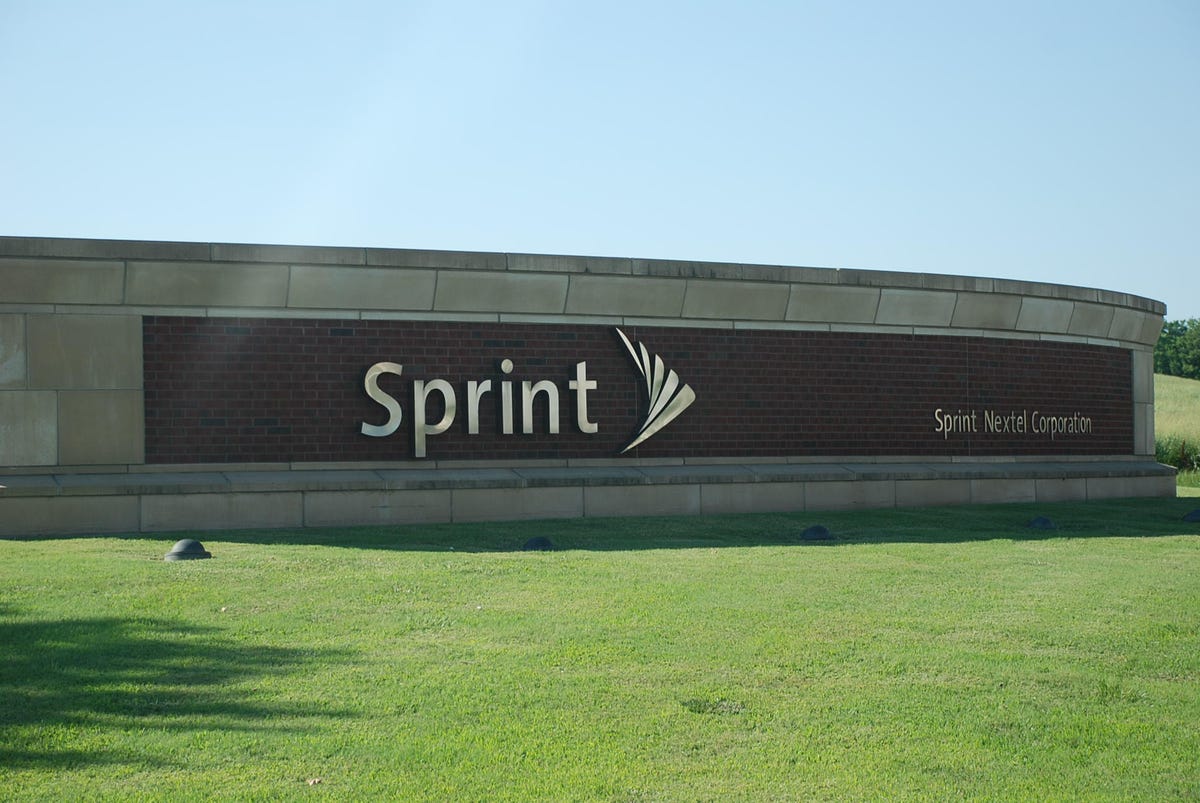
Welcome to Sprint
Overland Park, Kan.--In this upscale Kansas City, Mo., suburb, Sprint operates its corporate headquarters and product testing labs. Rather than stacking its employees in a downtown skyscraper, the carrier choose to build a "campus" of low-rise buildings that sprawl across 200 acres of an almost rural-like landscape that includes an 8-acre lake and 6,000 trees.
The first buildings were completed in 1997, and the complex continued to grow over the next few years. Before it was built, Sprint occupied almost 50 offices across the Kansas City area. Thus, the goal was to centralize operations and make employee communication more efficient. When construction started in the mid 1990s, it became the largest building project in Midwest history and briefly was the largest building project in the world after Hong Kong's Chek Lap Kok Airport opened in 1998.
Today, the campus houses 7,000 Sprint employees, but has a capacity for double that. Though the population has fluctuated over the past decade, a large influx of employees relocated to Overland Park from Nextel's headquarters in Reston., Va. following the 2005 merger. The campus now has its own ZIP code and would be the 27th largest city in Kansas if it was incorporated.
Executive offices
The campus was designed by Hiller Architecture in Princeton, N.J. Now known as RMJM Hiller, the firm serves as the North American branch for the Scottish architects RJMJ. That firm designed such notable projects as the Scottish Parliament and the Falkirk Wheel rotating boat life, also in Scotland.
Though almost half of the complex is open space, there are 21 offices and service buildings that encompass 4 million square feet. That also includes 88 elevators and 1,569 toilets. Here you can see the main "Reception Courtyard" with the building that houses the offices of the carrier's key executives, including CEO Dan Hesse. As space has opened in other buildings, Sprint has leased the offices to other tenants including JPMorgan and Apria Healthcare.
Network Operations Center
The carrier's main Network Operations Center, or "NOC," occupies this unassuming building. Here is where employees monitor the nationwide network, identify problems, and deploy repairs. Though we weren't allowed to take pictures, we did go inside to see how it all works.
In the center of a huge, well-lit room is a "bridge," where command employees keep watch over banks of monitors and busy technicians. The center is staffed 24 hours per day and employees spend little time away from their stations during their 8-hour shifts. In fact, the person in charge must carry a cell phone if he or she leaves to get food or use the facilities.
Though the room is not underground, it has its own power source, and the walls and floors are reinforced. The center will boost staff during disasters and in advance of big events like the Super Bowl and holidays like Mother's Day and New Year's Eve. In extreme emergencies, the staff can relocate to a backup center in downtown Kansas City. Though it's not normally staffed, the backup center can be brought online in 45 minutes. Sprint operates a separate NOC in Atlanta to monitor its roaming networks.

